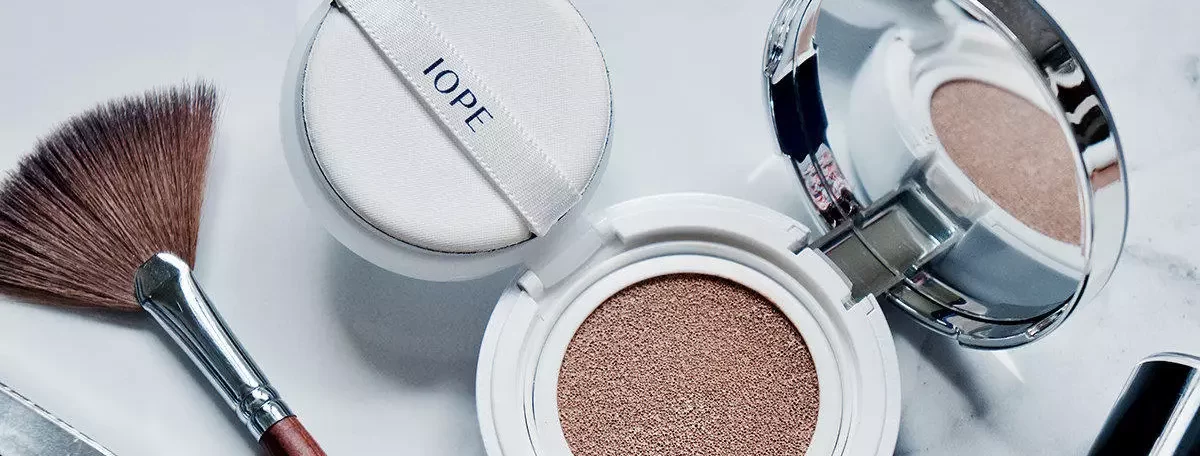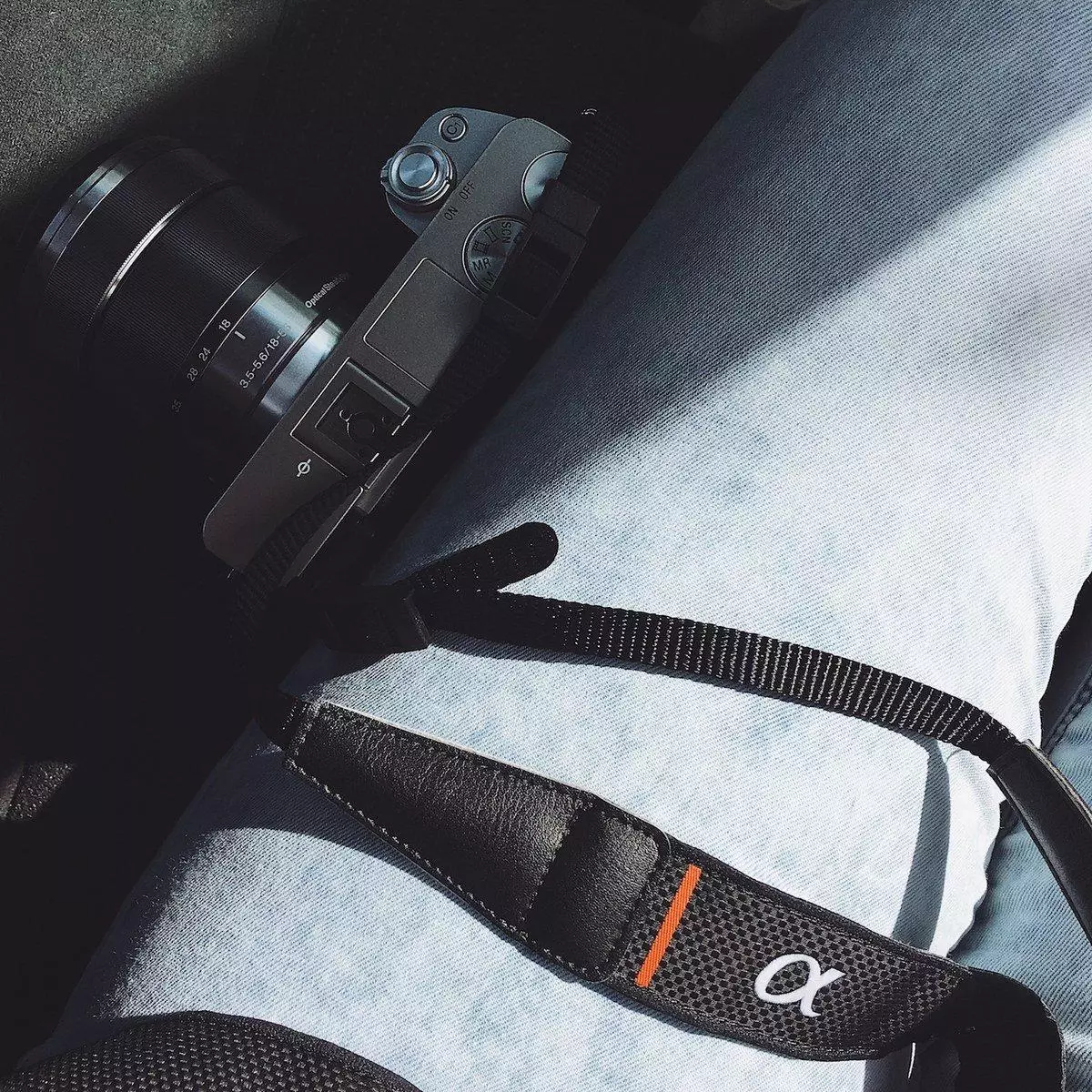So you finally decided to purchase your first digital camera and take your blog photos to the next level. That’s excellent! If you don’t have any experience with cameras, choosing the right one can be a bit intimidating, with hundreds of options when it comes to camera bodies, lenses, and a multitude of accessories to boot. Fear not, as this guide will help you find the right camera for you, so you can get back to taking awesome pics for your blog.
-
Budget
When it comes to gear for your blog (or any job for that matter) establishing a budget first will make the shopping experience much more pleasant.
The price for camera gear can reach peaks over $10k easy, but the reality is this: you do not need the most expensive camera to take great shots.
A budget of $1K or less can still get you started with a good camera body and lens, plus a few accessories. Yes, it’s not just a camera that you are looking for. You will need a camera body, a lens, and a memory card at a minimum. Some accessories are recommended, and we will go over some of our favorites in a moment.
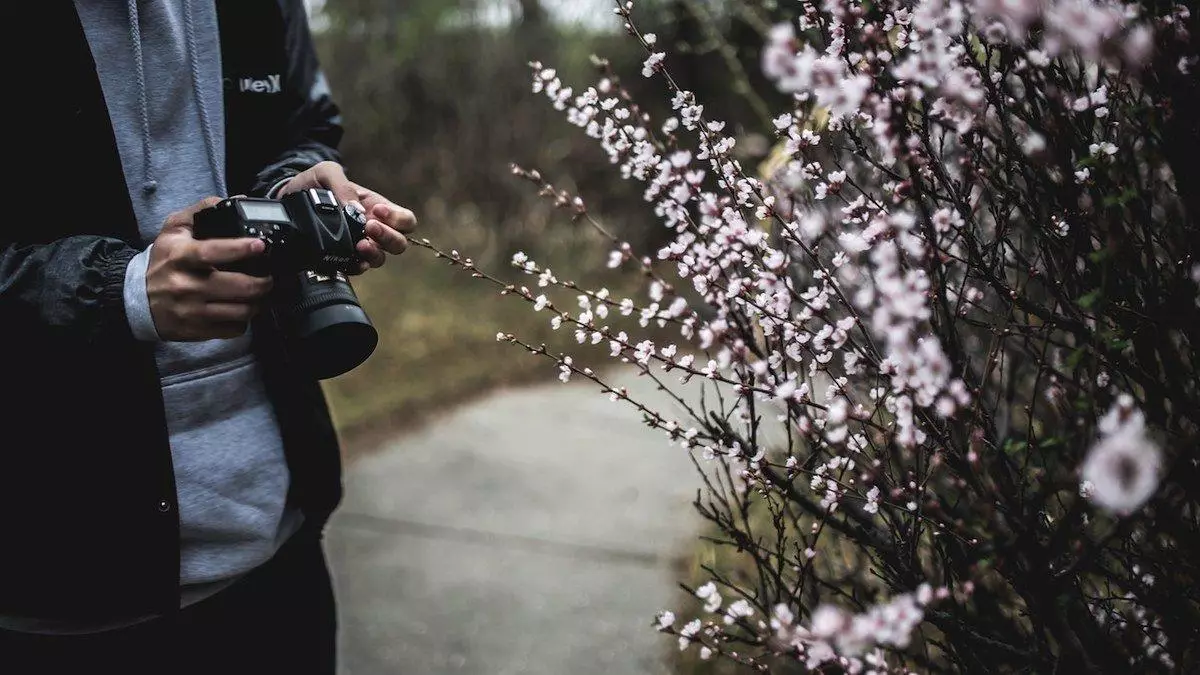
-
Camera Body
When it comes to camera bodies, the top two choices are going to be a DSLR or Mirrorless. If you ever attended a wedding or event where a professional photographer was hired for photos, chances are you saw them holding a giant Nikon or Canon DSLR. While other brands exist, these two have dominated for a long time and rightfully so, as they make great gear.
- Why Mirrorless?
Sony has dived with both hands and feet on Mirrorless cameras as the future of photography. While having the same functions as the standard DSLR, the key difference is that it does not have a mirror shutter (hence the name), which allows Mirrorless camera bodies to be much more compact. The smaller form factor leads to you carrying less weight, which means reduced soreness of the arm and neck during a long photo shoot, for example.
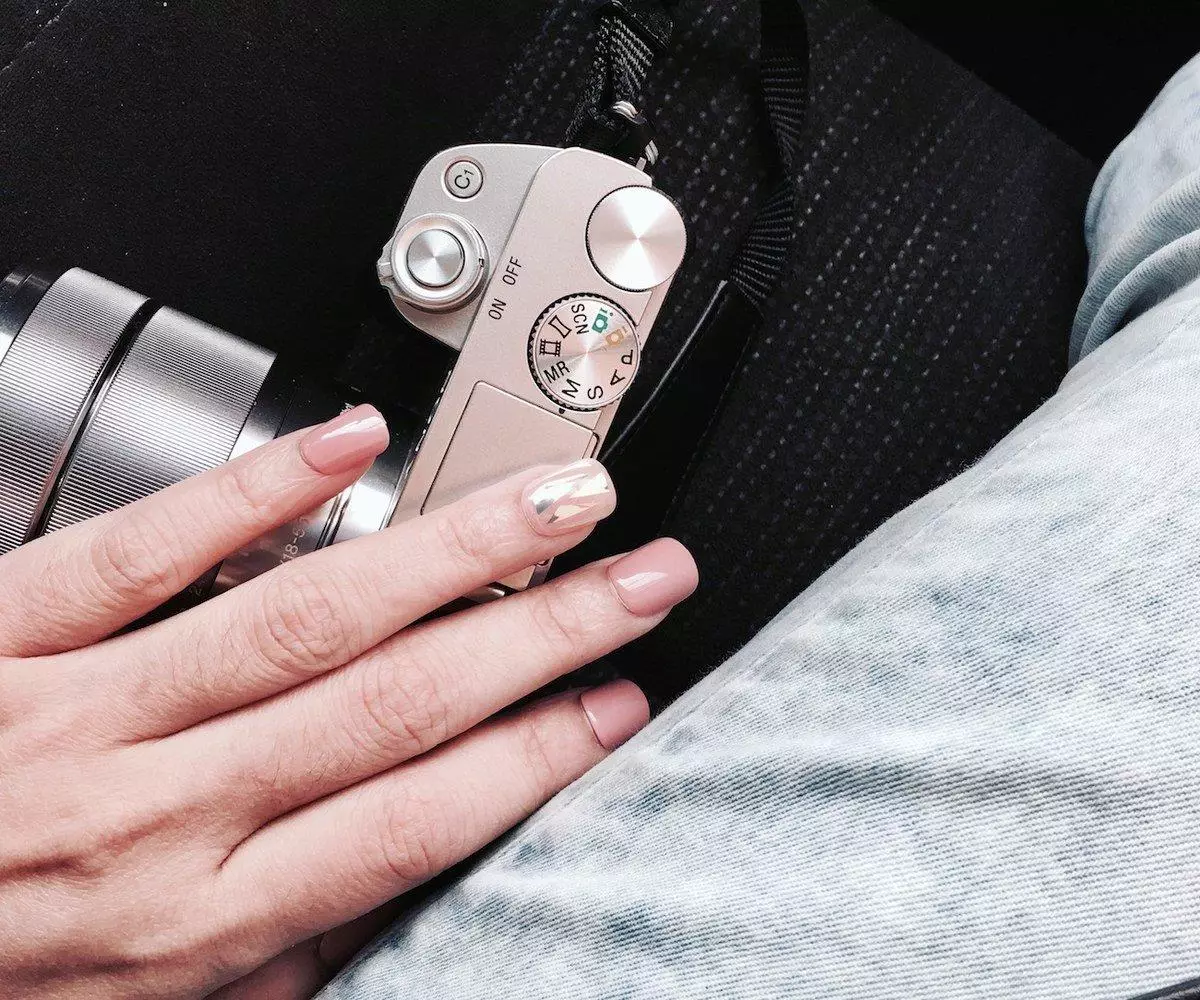 Another key feature of Mirrorless is you tend to shoot while looking at an LCD screen instead of a traditional camera viewfinder. This little feature is what led me to buy a Sony A6000 for my wife. My thoughts were since she is used to taking pictures with her iPhone, being able to use a camera with a similar LCD screen, plus a light body would make the transition easier for her.
Another key feature of Mirrorless is you tend to shoot while looking at an LCD screen instead of a traditional camera viewfinder. This little feature is what led me to buy a Sony A6000 for my wife. My thoughts were since she is used to taking pictures with her iPhone, being able to use a camera with a similar LCD screen, plus a light body would make the transition easier for her.
I recommend you visit a local electronics retailer and hold a few different camera bodies and check them for comfort, grip, and weight. All cameras have their attributes; you simply have to find the one that best fits you and the type of photography you are interested in.
Want to know the difference between Full Frame and Crop Sensors? Check our comprehensive guide HERE.
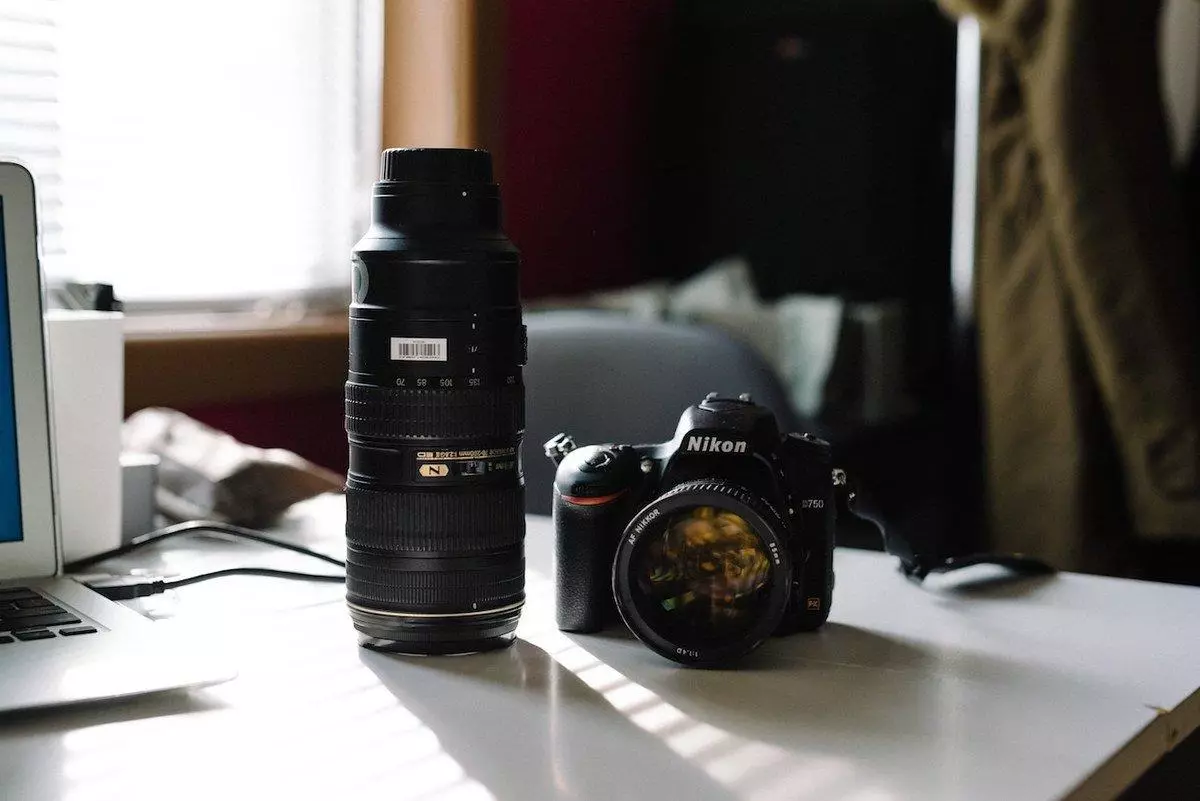
-
Lenses
Think of camera lenses as the brushes that a painter would use. You can use the same color paint and yet five different brushes would produce different strokes on the canvas. Different lenses will capture the same subject with different sharpness, focus point, and more.
- With focal lengths rated in mm, lenses with a lower rating, like 18mm, are considered wide and great at capturing landscapes and the likes.
- As you go higher up the scale, you will find lenses that can focus more and more on a subject. For portrait photography, an 85mm is the sweet spot, as it allows you to bring full focus onto your subject’s face, completely separating them from the background.
- And if you love street photography, a 50mm lens is considered to have the same focal point as the human eye, leading to pictures that are as close as to what you see.
For more on lenses and best focal lens for your photography, CLICK HERE.
-
Accessories
You can spend a full day exploring all the different types of accessories available for cameras and will have only scratched the surface.
- Memory Card
What you will need right away is a memory card. While available in large sizes that can exceed 128 GB, I recommend you stick with either a 16GB or 32GB card. The reason for this is that like any piece of electronic; a memory card can fail. If you have 1000 pictures on a 128GB card and it crashes, well, now you don’t have 1000 pictures anymore.
Having smaller cards give you flexibility and a backup. If one card fails, you can quickly swap in another and still have the ability to take shots.
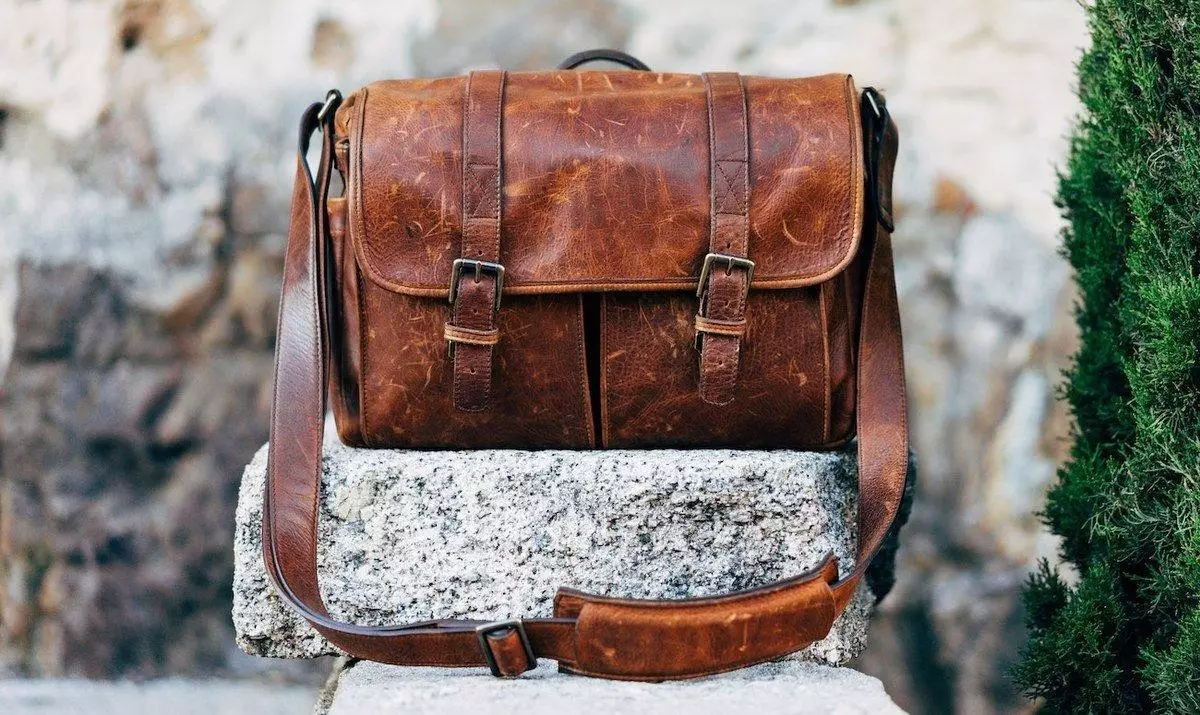
- Camera Bag
A good camera bag would be the next on our list. You want to protect your gear when traveling, so consider how often you will be out and about, in addition to how you typically treat your belongings. For example, do you have a heavy duty case on your smartphone? Perhaps a camera bag with more internal padding will be best, where you can toss it in the backseat of your car and not worry about damaging it.
If you are meticulous when it comes to care, then a camera bag designed like a traditional handbag would do the job just fine.
- Blower
Dust is the enemy of any camera. This is where the simple blower comes in. While you can take your camera and lens to get professionally cleaned, unless you do a lot of outdoor shots where you get down and dirty, a blower is enough to clean off most of the dust on your gear. An inexpensive, yet must-have item.
- Tripod
A tripod is great for taking excellent landscape shots but also very useful for product photography. Having your camera on a tripod allows you to set up your composition without having the need to adjust your camera position over and over. While your camera is focused on your subject, you can move your props around and check your camera, allowing you to create the shot you are looking for more consistently.
- Battery
If your primary focus is outdoor photography, always carry a spare battery with you. Nothing can be worse than arriving at a photoshoot with your camera reading a battery level at 30%. As long as your camera is on, even when you are not shooting and only looking for the right shot, your battery is draining. A spare battery can save the day in many situations.
